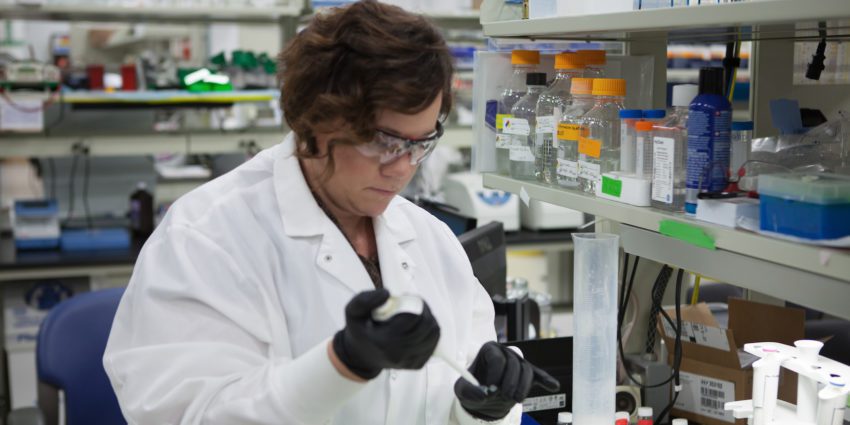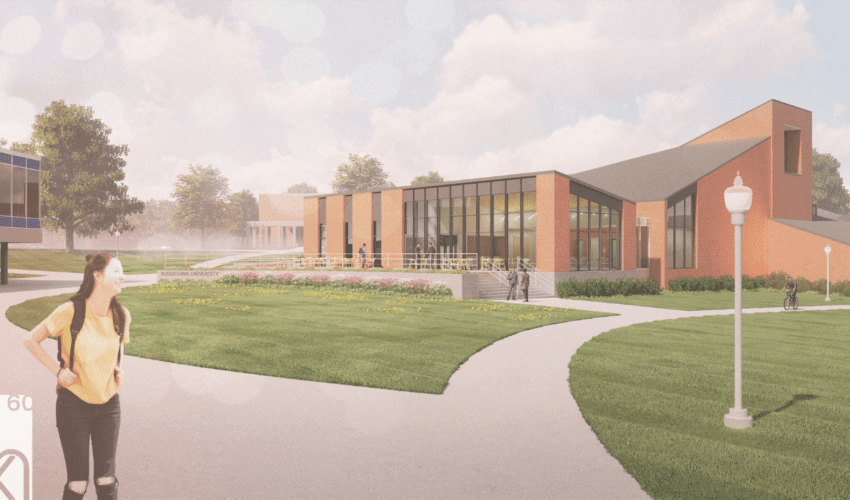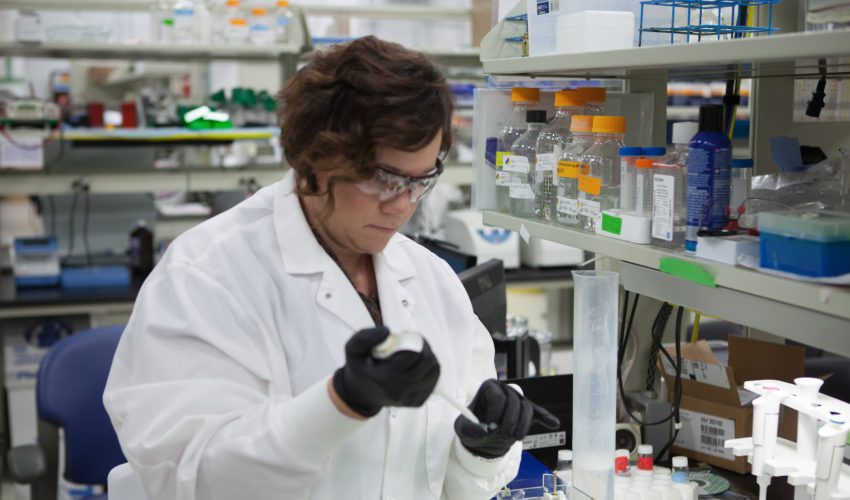Reaching the end of Batten disease: Accelerating rare disease research for families in need
This piece is presented by Sanford Health.
Families whose children have Batten disease, a rare and deadly neurodegenerative disease, are feeling hope because of a clinical trial for a gene therapy developed in collaboration with researchers at Sanford Health. This gene therapy is the first of its kind to be used with humans, and it could be the key to treating Batten and other rare diseases.
Batten disease is caused by genetic errors that affect cells in the brain – causing devastating and irreversible effects. Symptoms of the disease are linked to the accumulation of waste in brain cells. In Batten, a part of the cell called the lysosome doesn’t function correctly. Typically, lysosome works as a recycling center, breaking down proteins and other waste. When this doesn’t function correctly, it leads to a continuous loss of brain cell function.
Brain cells cannot regenerate, so children with Batten disease slowly decline, losing their ability to see, walk, talk, even remember. Symptoms first manifest when a child is between the age of 2 to 5. He or she may begin to have trouble walking or seeing, with learning and memory development, or may experience sudden seizures.
“Families often deal with long journeys to diagnosis, and the disease progression can manifest very differently from child to child,” said David Pearce, Ph.D., Sanford Health executive vice president of innovation and research.
What starts as one symptom becomes many, and the condition continues to worsen until the child ends up in a vegetative state before the disease claims his or her life. This takes years, with families unable to aid their child.

Jill Weimer
“One of the ongoing struggles in the rare-disease field is the speed at which we can develop treatments,” said Jill Weimer, Ph.D., senior director of therapeutic development and researcher at Sanford Health. “To go from a concept in a basic lab to an actual clinical trial and getting a drug into standard of care can take over a decade. Unfortunately, the kids with Batten disease don’t have a decade. And so, we had to come up with a way we could accelerate the pace if we were going to impact the kids with Batten disease that are alive today.”
The gene therapy aims to help children with CLN6-Batten. It uses a virus like the common cold to bypass the immune system, delivering the CLN6 gene to cells in the brain without eliciting an immune response. From there, cells can start functioning normally again.
“Within the Batten disease community, we have become known as a leader in the research community and people who can really help understand the basic biology of Batten disease but also in the therapeutic development realm,” Weimer said. “A lot of the same approaches we’re taking in our Batten disease labs can be applied to these other rare diseases.”
The gene therapy is currently undergoing clinical trials. And the Weimer Lab continues to push its research into new territories, with the goal of ending this and other rare diseases.
Funding for the CLN6-Batten disease gene therapy is supported by the Charlotte and Gwenyth Gray Foundation, the National Institutes of Health and Sanford Research.
Learn more at sanfordresearch.org.








